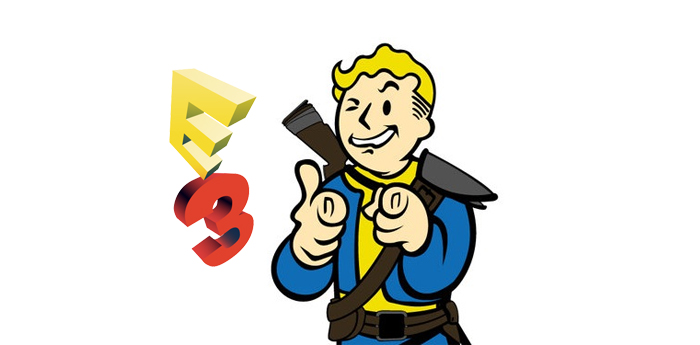The portrayal of mental illness in popular games has gotten some much needed attention recently. Following the release of Outlast, our own Sarah Nixon previously covered the depiction of mental illness in video games. The topic has also been addressed by a number of other blogs (examples here and here), and by Kotaku. The recent release of Daylight seems like good occasion to return to the topic, however this time around let’s look at the asylums themselves. From Batman: Arkham Asylum to Daylight, psychiatric institutions are appearing all over the gaming landscape.
Asylums have a long and storied history in popular culture. While research suggests that roughly 20% of the population suffers from some form of treatable mental illness at any given time, less than half of those people are treated and far fewer ever receive in-patient care. Thus, as a population many of us have very little direct experience with mental institutions. This, coupled with sensationalist media that has been with us for over a century (Bitch reports finding “things in the nineteenth century newspapers and fiction that would be right at home in today’s 24-hour news cycle and on television”), makes these settings fertile ground to explore some of our deepest fears.
Though many of us know next to nothing about the actual workings of mental institutions, our popular culture-driven perception of them is terrifying. Aggressive procedures like electroshock therapy and lobotomy firmly connect the practice of psychotherapy with torture, a prospect made all the more horrifying because it is often depicted as legally-sanctioned. Doctors in these institutions are frequently portrayed as sadists, using asylums as cover for horrific experiments and activities. Games like Outlast certainly don’t provide realistic depictions of medical treatment, but they exaggerate our already-distorted understanding of real world practices, lending them a (misguided) level of veracity that accentuates the horror.
Asylums are also typically connected with forced incarceration. Two common tropes in popular media accentuate our fear of commitment: the sane person unjustly committed against her will and the sick person getting sicker under (highly invasive) psychiatric care. TV Tropes collects both of these under the heading “Go Among Mad People,” and provides a partial list of the many, many times we’ve seen this. Essentially, audiences are repeatedly told by popular culture that those who enter these places don’t leave, many of the patients don’t actually belong there, and that staying for any amount of time leaves patients worse than when they entered. Coupled with the depictions of psychiatric treatment as torture, it’s no wonder horror games often choose to draw on these culturally-instilled fears as a backdrop. Many of the elements needed to induce fear in players already exist in their own previous knowledge of asylums.
This isn’t, however, to suggest that games should avoid this setting (though, I’m certainly eager to see more horror games that avoid this tired trope). Instead, I’d like to suggest that we as players should be more critically aware of precisely how these tropes play on our misconceptions of mental institutions. After all, as Sarah explores, the stigmatization of mental illness impacts all of us.




